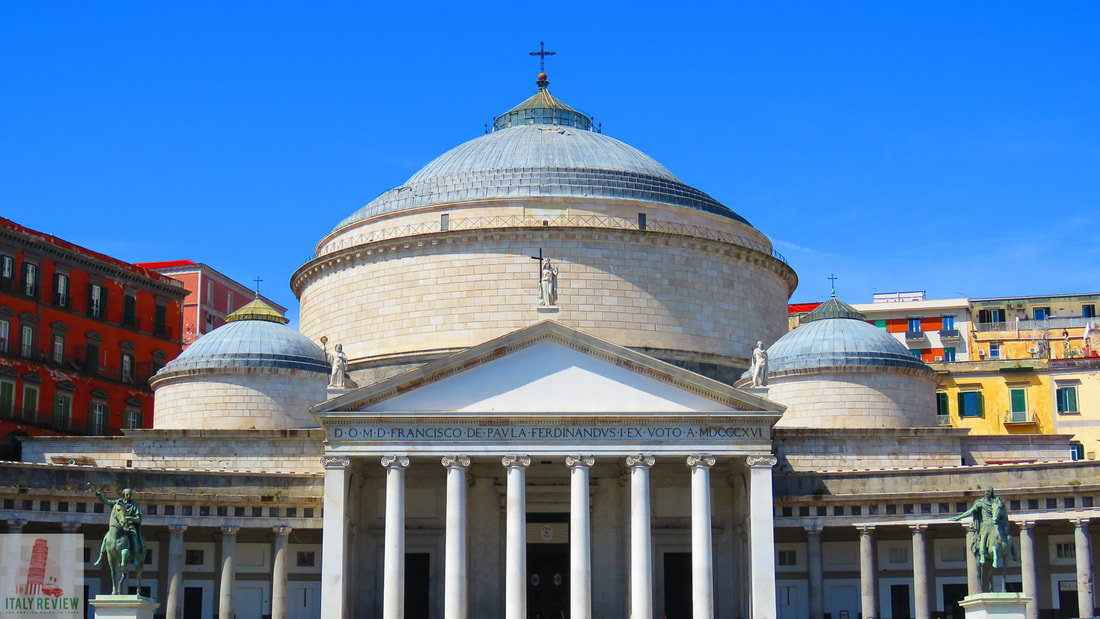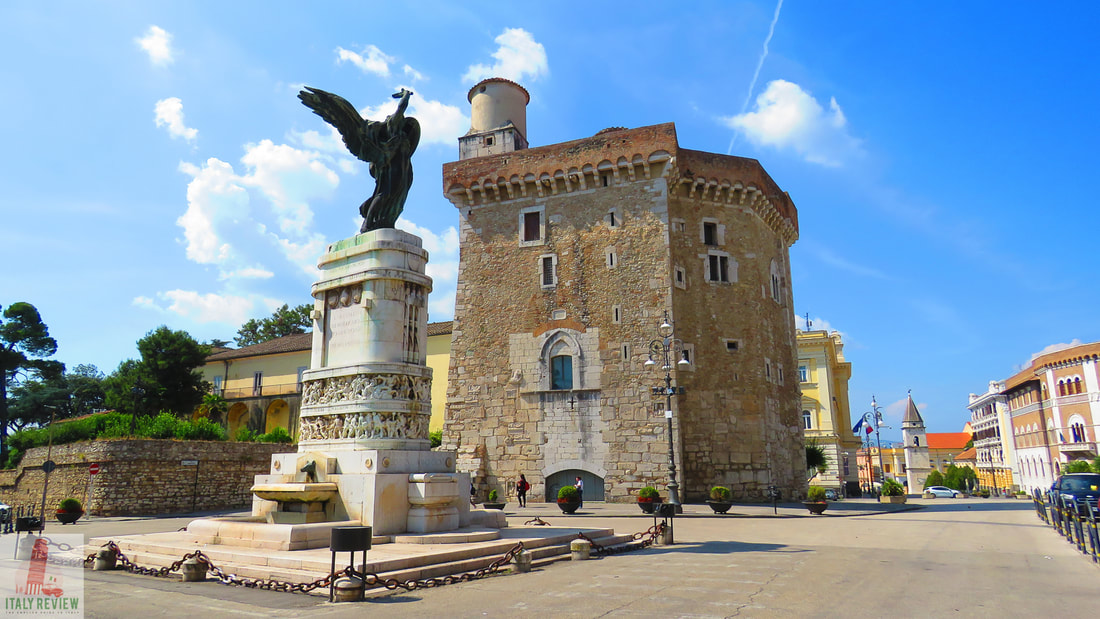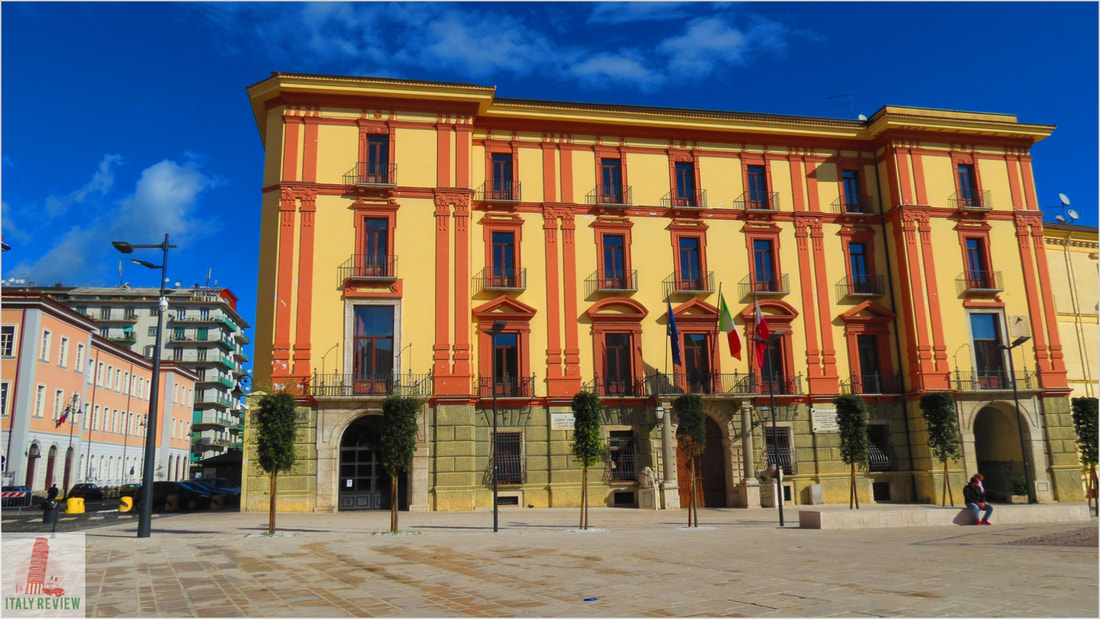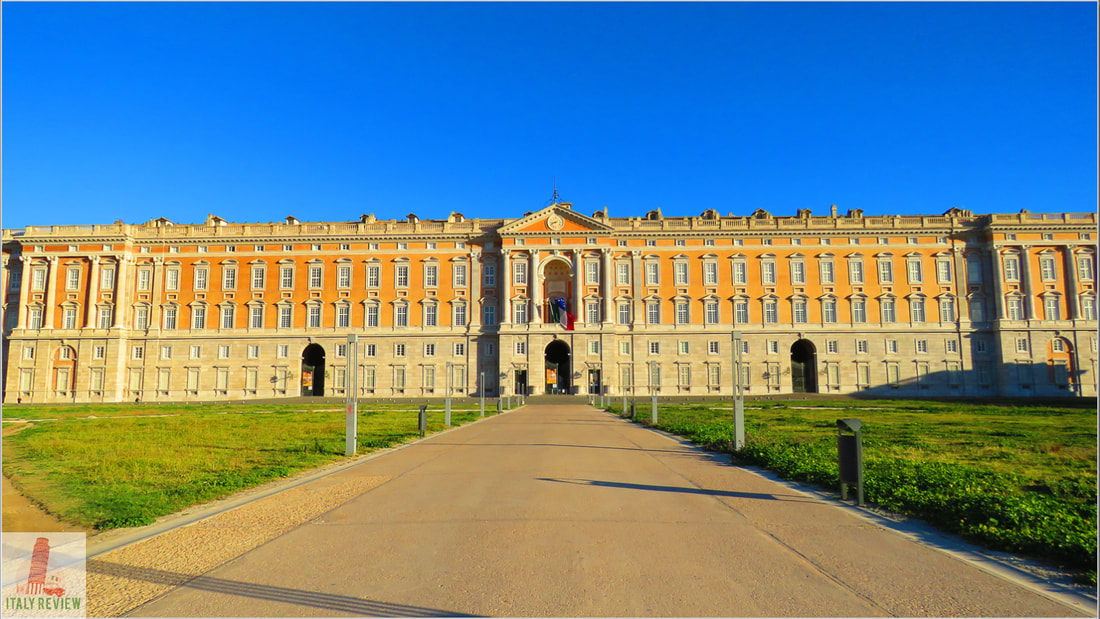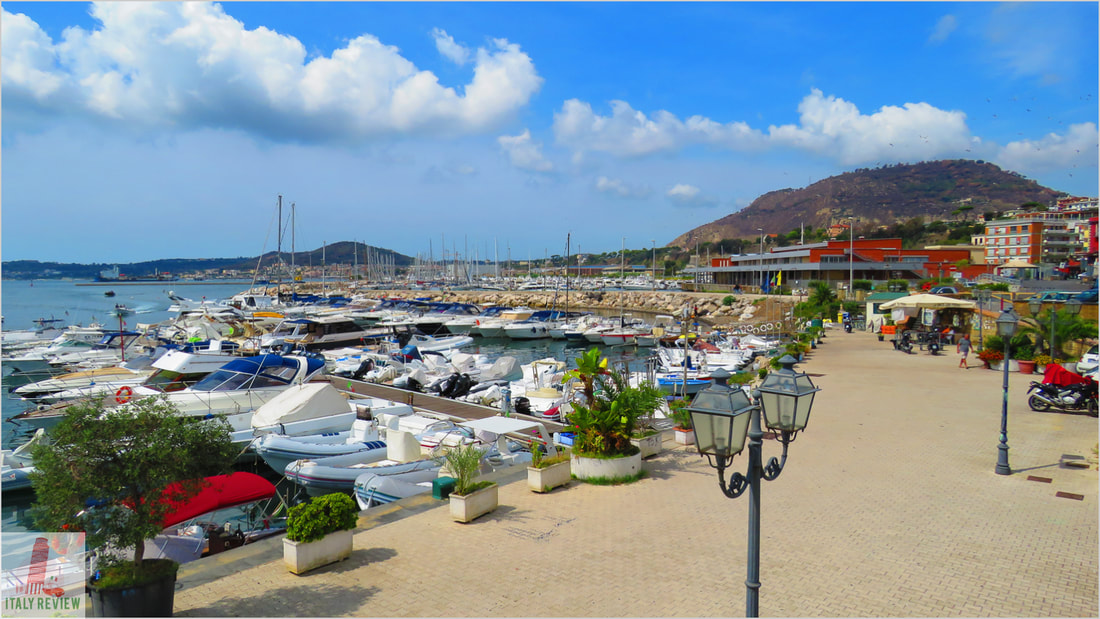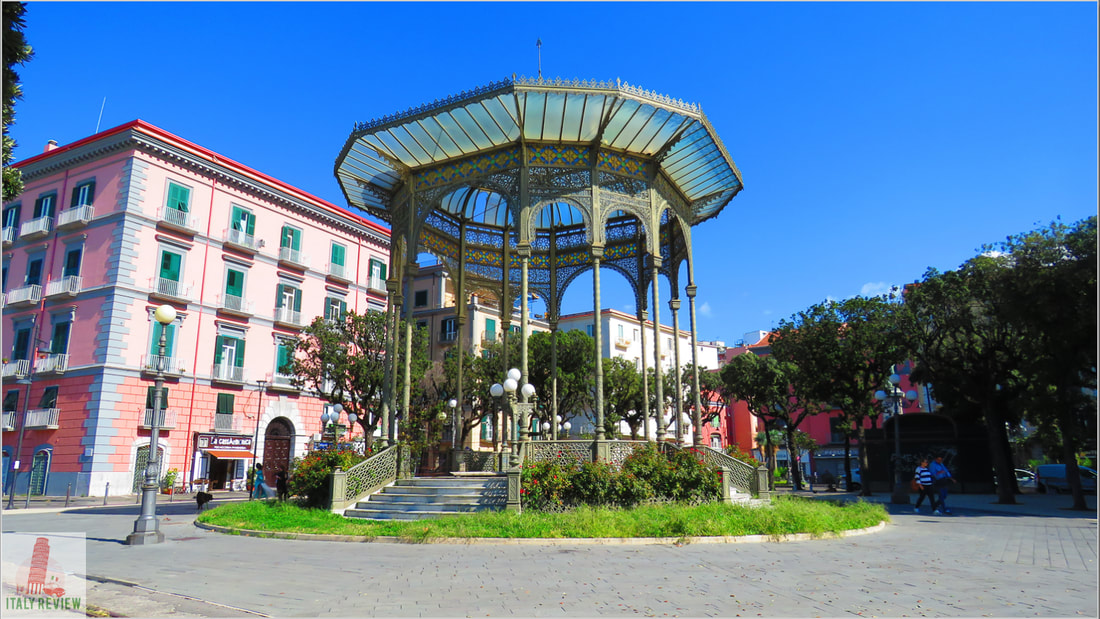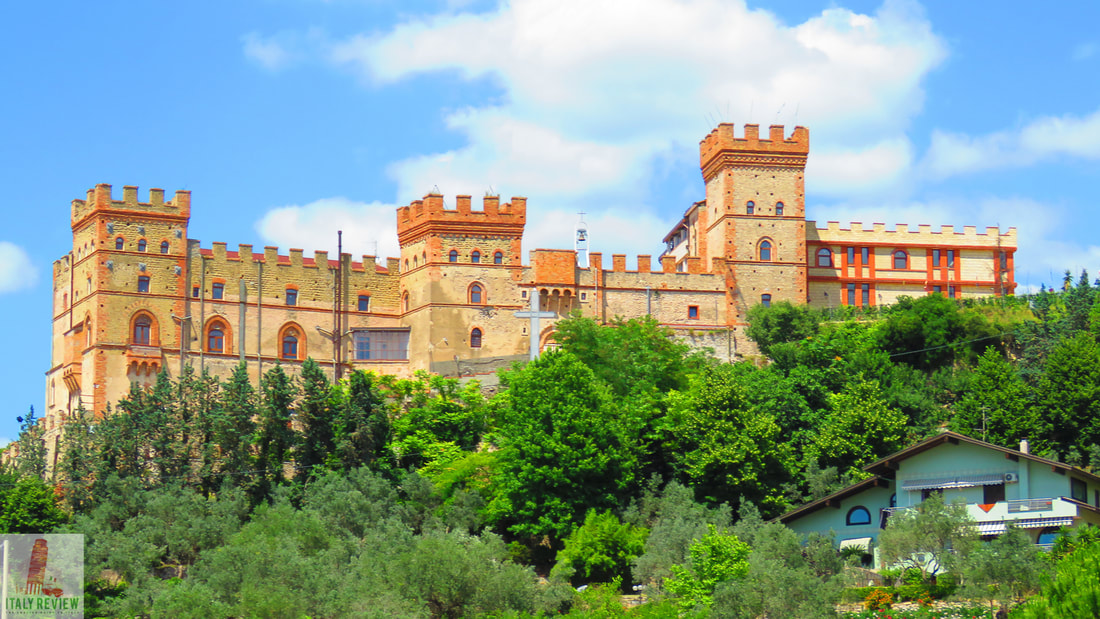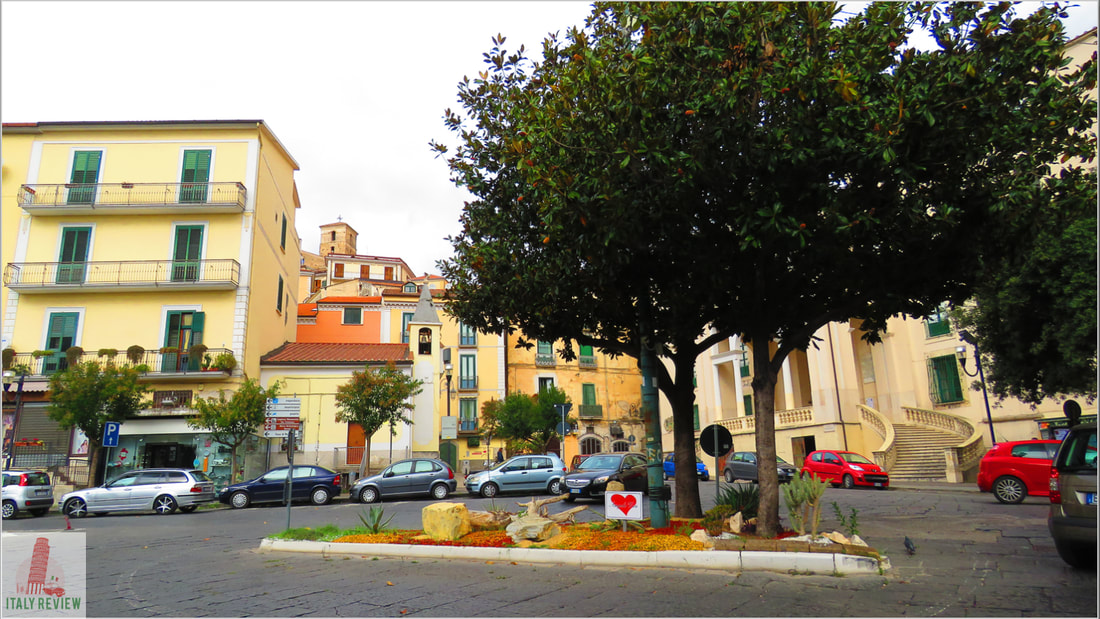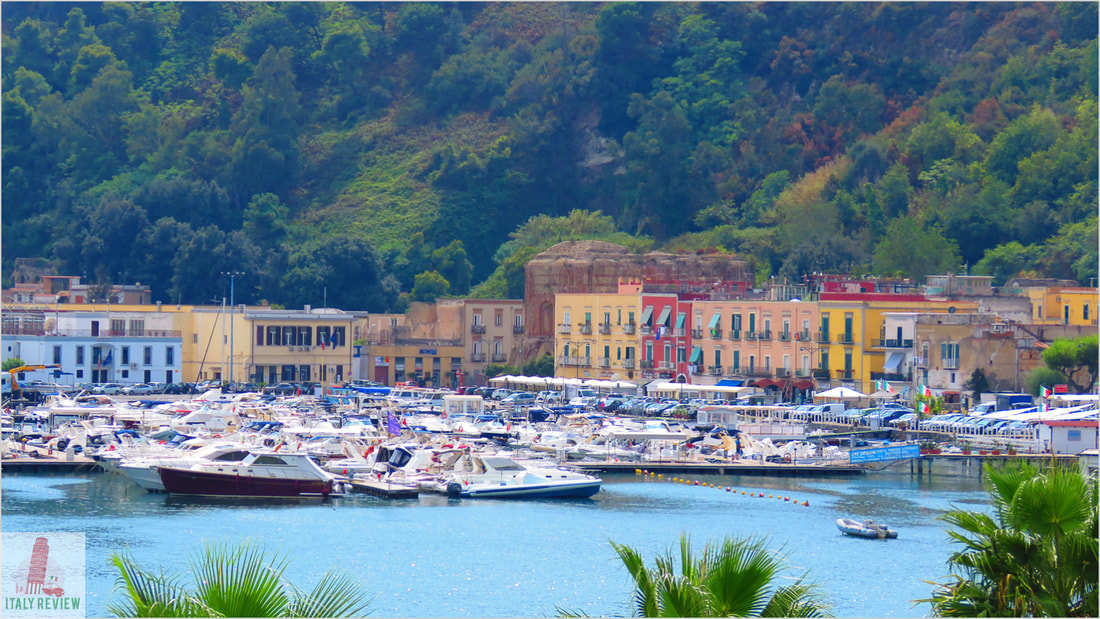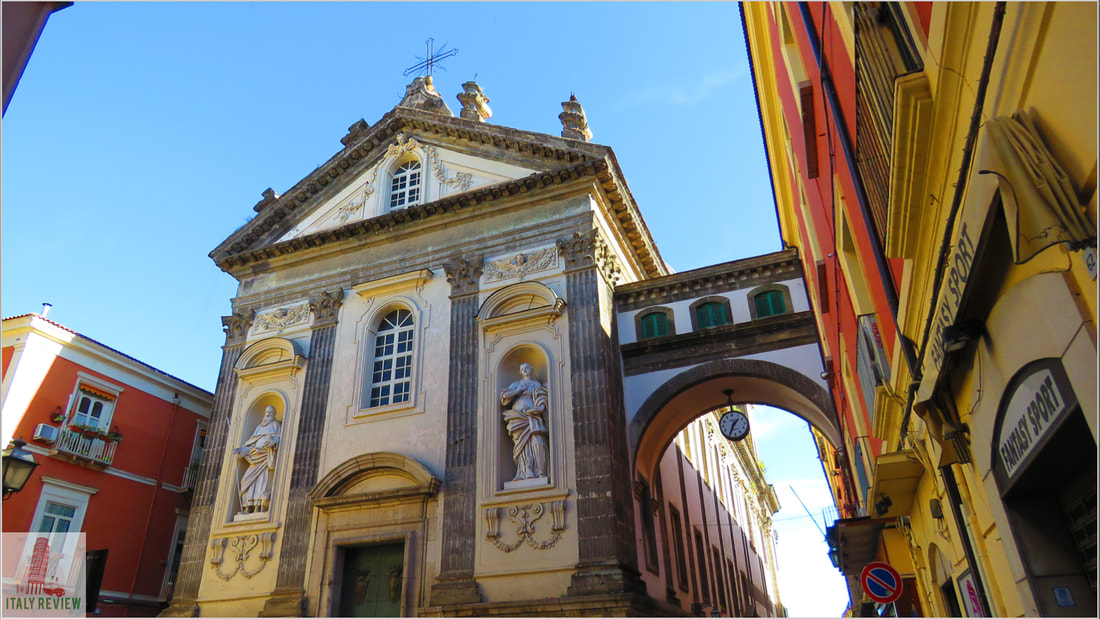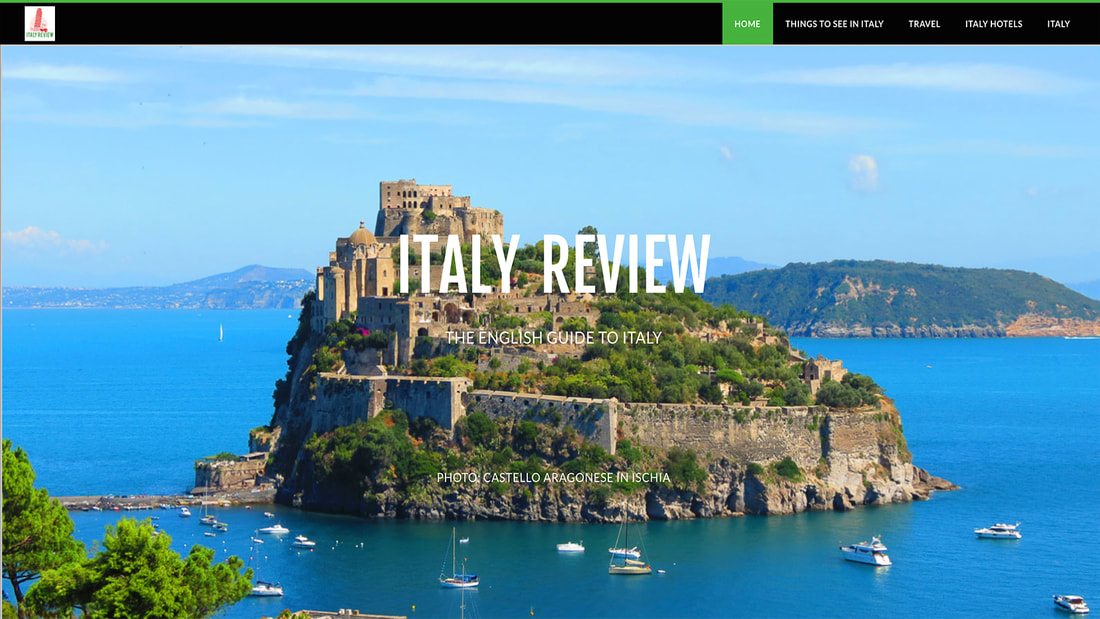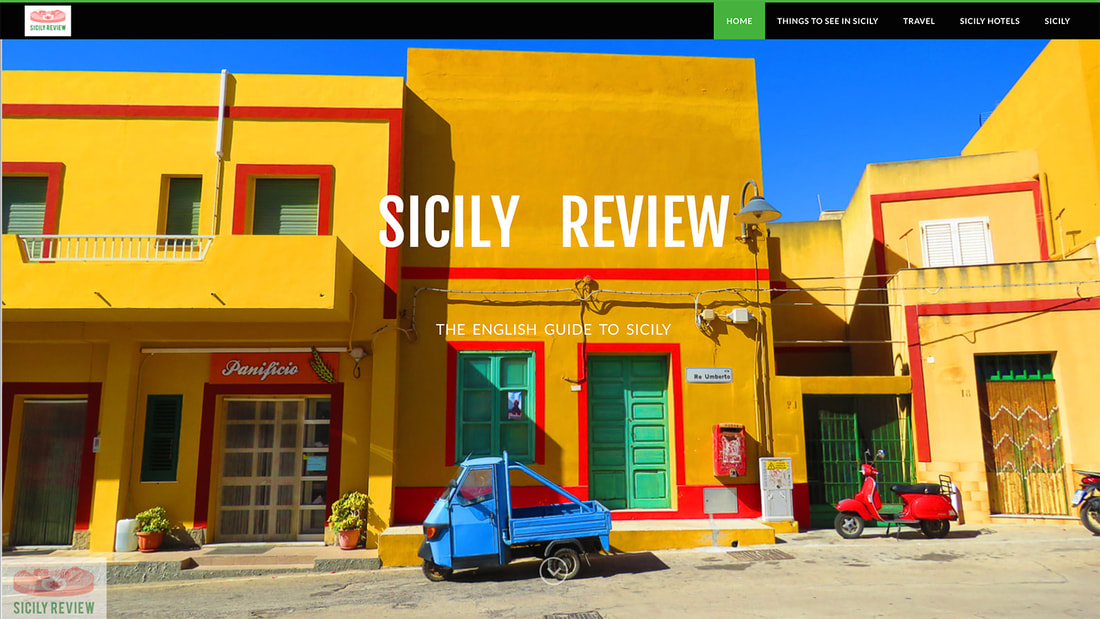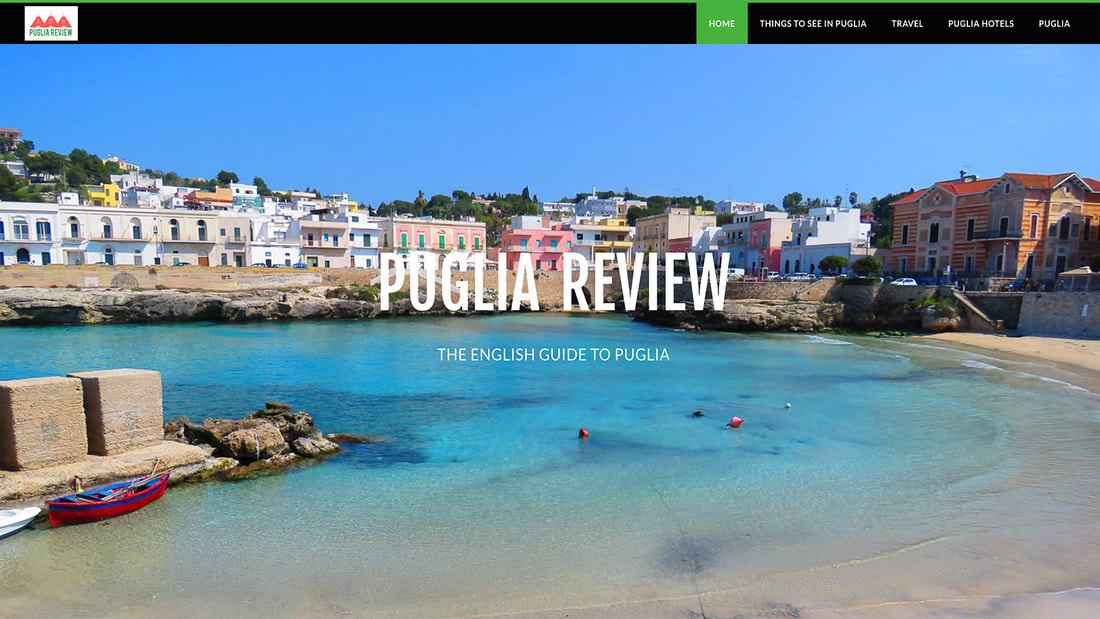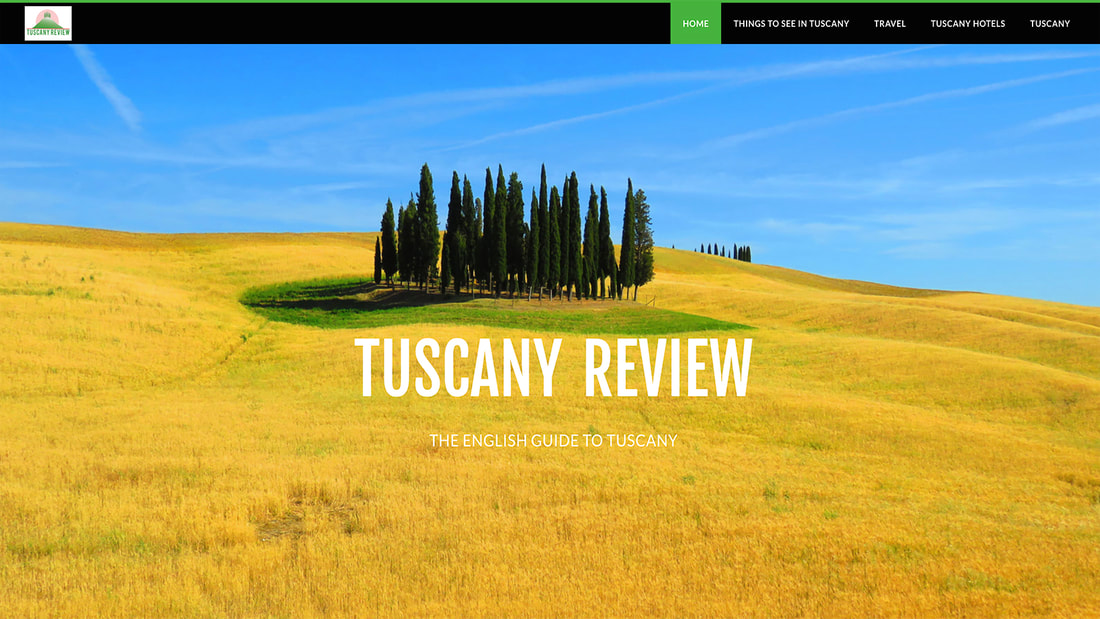Major Cities and Towns of Campania
Latest update: 29 January 2024
|
The major cities and towns of Campania are headed by the regional capital of Naples, which with its population approaching a million inhabitants, is almost ten times larger than the next on the list, the port city of Salerno at the edge of the Amalfi Coast.
There are five provinces in Campania with each province named after its major city. Aside from Naples and Salerno, the remaining three provincial capitals are Benevento, Avellino and Caserta. Campania also has a number of cities with large populations but modest appeal such as Giugliano in Campania and Torre del Greco. |
Related links
Top Ten Cities and Towns in Campania by Population
Source: ISTAT (2021)
1. Naples - 940,940
2. Salerno -130,240
3. Giugliano in Campania - 118,906
4. Torre del Greco - 82,329
5. Pozzuoli - 78,870
6. Casoria - 74,416
7. Caserta - 73,398
8. Castellammare di Stabia - 63,824
9. Afragola - 62,271
10. Acerra - 58,961
2. Salerno -130,240
3. Giugliano in Campania - 118,906
4. Torre del Greco - 82,329
5. Pozzuoli - 78,870
6. Casoria - 74,416
7. Caserta - 73,398
8. Castellammare di Stabia - 63,824
9. Afragola - 62,271
10. Acerra - 58,961

